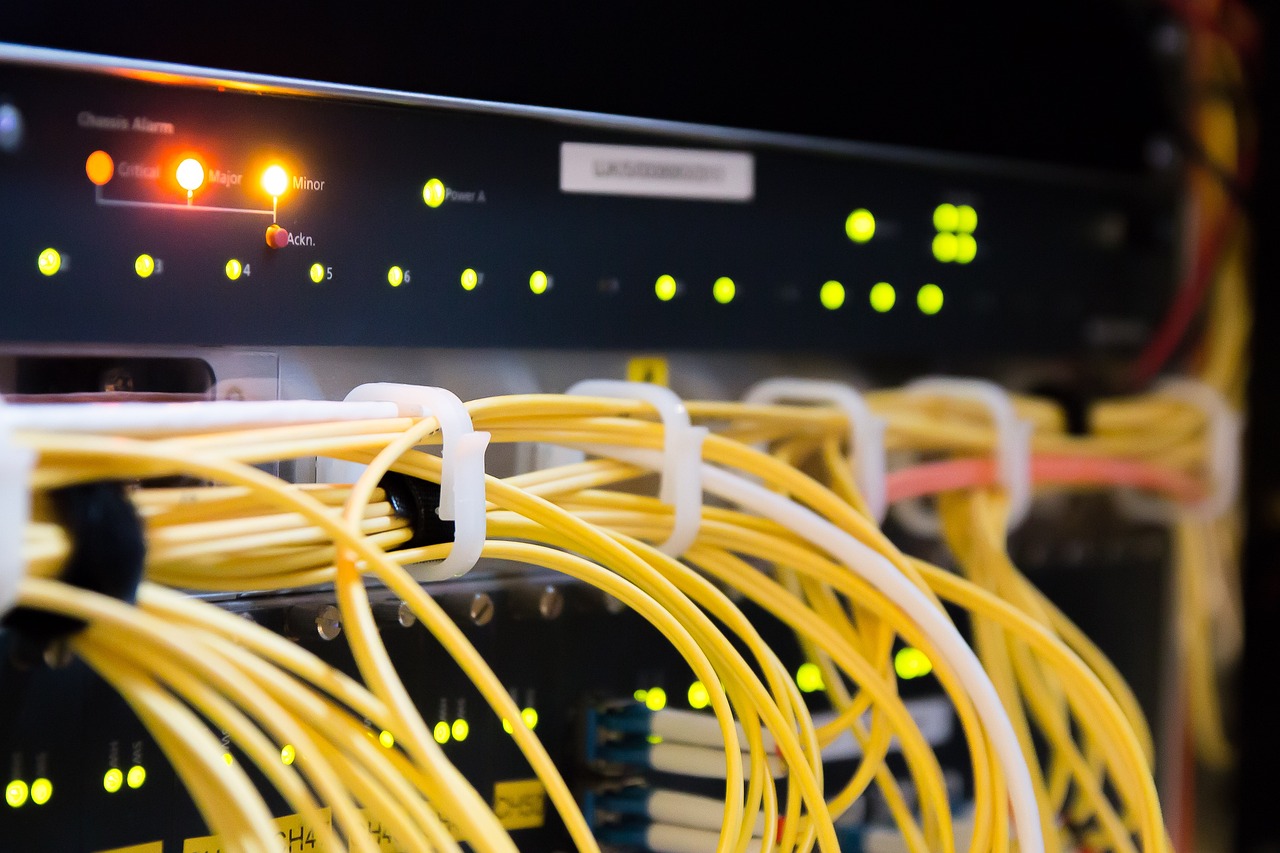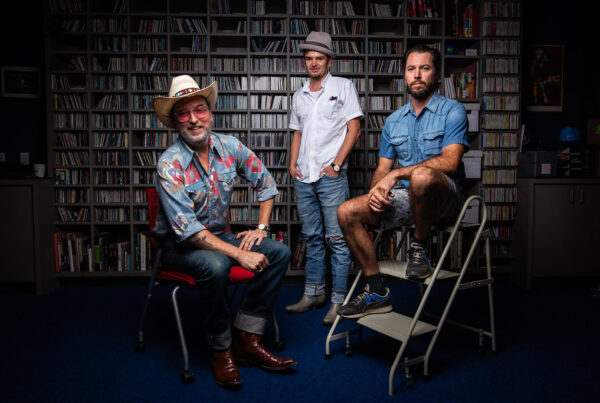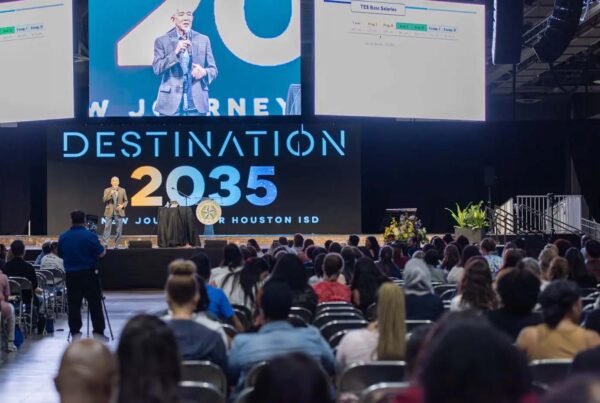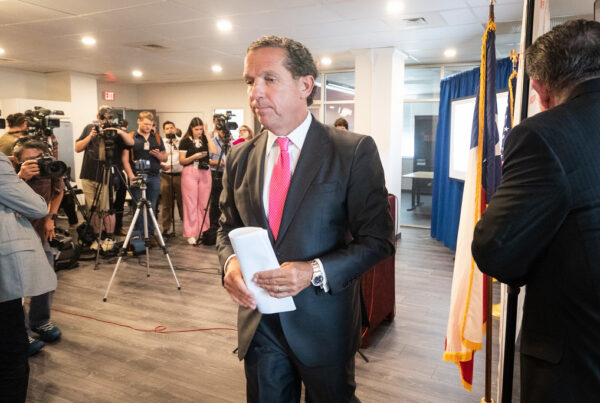A major issue facing a lot of Texans came into sharp relief during the height of the coronavirus pandemic: what’s referred to as the “digital divide” – the difference faced by folks who have access to fast, reliable internet and those who don’t.
Spurred into action, policymakers started directing national attention and federal dollars at closing that gap. One such initiative is the Affordable Connectivity Program, which helps subsidize internet service for low-income Texans and others across the nation.
The Dallas Federal Reserve is in the process of rolling out research around the digital divide, connectivity and the Affordable Connectivity Program. Research analyst Prithvi Kalkunte joined the Texas Standard to talk about the first set of findings, which came out this week.
This transcript has been edited lightly for clarity:
Texas Standard: One of the problems with addressing broadband access is figuring out the scope of the problem. What’s known and what isn’t about who actually has access to broadband, and not just lo-fi internet?
Prithvi Kalkunte: It’s a bit of a difficult problem because there’s the unknown unknown. You don’t know the quality of internet people who don’t have internet have. But for the people that do have internet in the present moment, about 99% of people that have internet in Texas have the bare minimum they need to have one functional device checking email and all that stuff.
And even then, the speed of that connection may be quite low compared to what folks in the cities just sort of take for granted.
We would say that the passable standard is 25 megabits per second. And I don’t know if you’ve been shopping for internet lately, but that’s not often what you see there.
One of the big federal pushes to increase broadband access is the Affordable Connectivity Program. What is that exactly?
The Affordable Connectivity Program is an FCC benefit program that aims to give lower income people better access to either devices or regular internet connectivity. If you’re living paycheck to paycheck and you’re running short one month, the first thing that’s likely to go is the internet. But as we know in our modern economy, we need the internet as a tool to help us be good employees and students and members of society.
» GET MORE NEWS FROM AROUND THE STATE: Sign up for our weekly ‘Talk of Texas’ newsletter
And Texans have been beneficiaries of this program – it was in some kind of grant given to the state, which was later distributed? Or what, exactly?
Yes, it’s a grant given to the state that’s given to the people based off of estimates for income qualification. We see up to 19% of Texan households qualifying for the Affordable Connectivity Program. And so far up to 13% of those households have in some way gotten some benefits.
Well, that’s great, as long as there is money to support a program like this. What are you hearing on that front, and what happens once those federal dollars dry up?
The sustainability of this program is certainly something that we need to emphasize and it’s certainly something that lawmakers themselves have to work with. So far, we know that there’s enough money for maintaining it for a fair bit of time, but we’re not quite sure what’s going to happen to the future of it. It’ll largely depend on what impact we can find from it.
Part of the issue is being able to make it possible for folks to afford the devices and the connections that they need. Another is infrastructure: If you can’t get that line to connect to your house, for example.
Is this a problem that researchers and policy folks think can be solved? I’m especially thinking about a lot of folks in rural Texas who have yet to really achieve that standard that a lot of us take for granted for sure.
The Affordable Connectivity program specifically looks at affordability, right? It’s not an infrastructure program. Other measures may be needed to address that, but this isn’t necessarily the policy that’s aiming for that.
For people who don’t have connectivity, are their voices being heard?
Oh, for sure. There is a lot of work within the state and around the state in progressing digital inclusion. In fact, the Dallas Fed is hosting our own Digital Inclusion Research Forum on October 12 and 13 to bring together researchers and nonprofits to talk about these problems.













